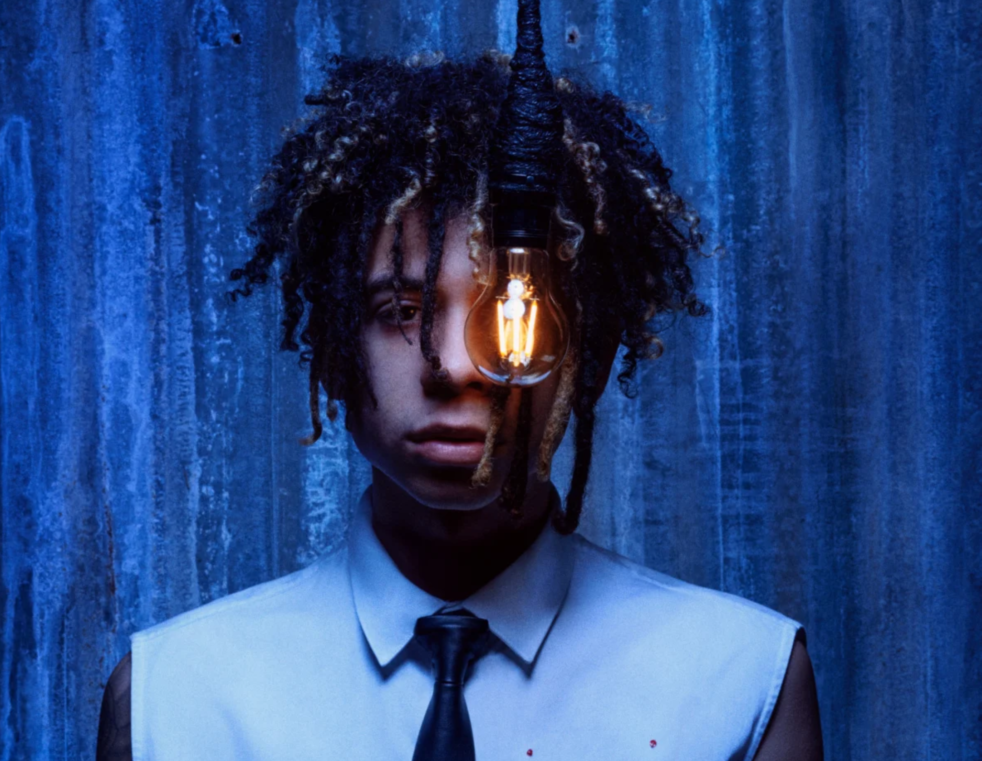Our Take: 2/5 Stars
Iann Dior’s sophomore effort, “On To Better Things,” (OTBT) was released January 21 by 10K Projects and demonstrates an evolution in his sound.
Dior entered the industry through SoundCloud in 2019 and blew up with the emo-rap wave at the time.
His work inspired a connection with the hip-hop production collective Internet Money, growing his circle to the likes of Juice WRLD and Trippie Redd.
Inspiration from the collective could be seen in the music that Dior was releasing towards the end of 2019 with his first album “Industry Plant,” which was named as a response to the accusations that Dior was a product of the industry. His popularity blew up with his feature on 24kGoldn’s “Mood” in 2020, being a popular TikTok sound bite.
“I’m picking up where Juice WRLD left off,” Iann Dior told NME, setting a very high bar for himself.
Over the course of the album, the listener hears Dior experiment with new songs; however, the thesis that he is sad does not change.
There are parts where Dior sounds confused about what he is doing, jumping from emo trap to pop-punk to trap, there are a lot of different flushed out sounds but Iann Dior sounds out of
place on most.
On OTBT, Dior faces his fame and fortune and hits all the tropes required for a hit emo track. For someone who is so tortured, on most tracks, it feels like he has nothing more to provide than mentioning the fact that he is sad in passing.
It is a quick listen, adding up to a little over 35 minutes, but it sounds even shorter since several songs flow right into the next.
There were two interludes on the album which indicated a sonic change. He had started with the melodic emo-rap reminiscent of his earlier SoundCloud work, just polished. The Lil Uzi Vert and The Kid LAROI influences can be found here.
The central part of the album revolves around his pop-punk phase. He considers Machine Gun Kelly a mentor.
He tries throughout the album to imitate what was done on Kelly’s “Tickets to My Downfall,” going so far as to feature Barker on several tracks. Ultimately, the imitation was okay at best since the lack of emotions and interesting concepts saw Dior add nothing to what was an amazing production.
The final part of the album was a fusion between the two genres, but rather than the sum being greater than any individual, the combination reduced the effectiveness of both.
It is safe to say that this album had a very small chance to be as cohesive as it was presented. The production, spearheaded by Internet Money’s Taz Taylor, keeps Dior in mind while switching genres.
The production allows for a more focused Dior and enjoyable song, even when Dior vocally falters.
Iann Dior may have steered clear of industry plant rumors, but after this project it is clear he is an industry analyst, keeping track of the hottest trends to emulate and the largest audiences to hunt.
